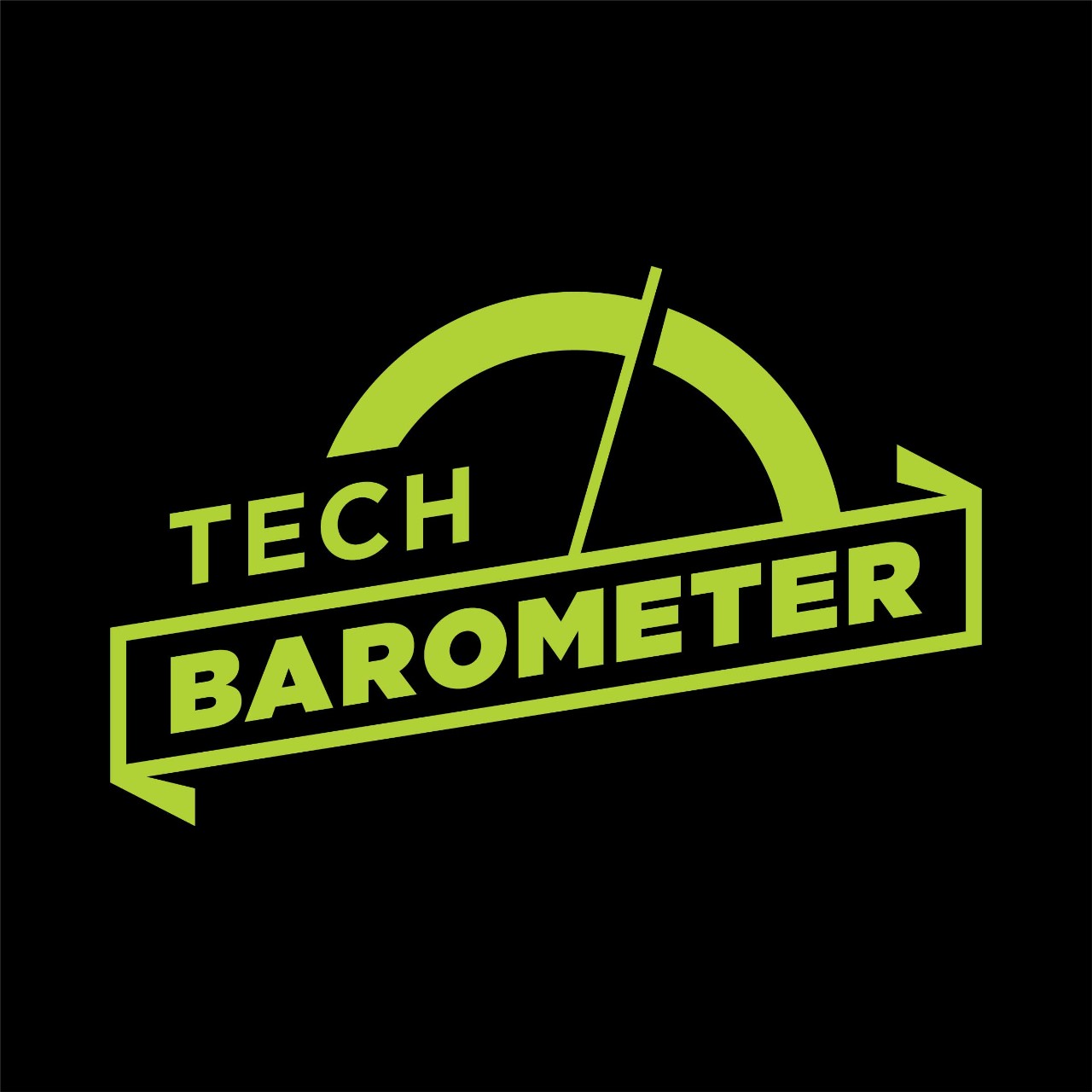Every big idea a business has requires an ample amount of work and investment to make it real. For example, a grocery store may want to modernize by moving from old plastic price tags to fully digital ones. But to accomplish this, the store needs a technical environment that enables them to prototype, test, stage and deploy their new digital tags. All too often, that work happens inside different IT environments. When completed and used, the new price tag system might not work correctly if the prototype environment isn’t the same as the real-world operating environment.
New application incompatibility and unplanned consequences going from prototype to production can become costly. There’s also a growing need for developers to work with IT operations to reduce the chances of a new app failing as it is scaled or during security lifecycles. When engaging in complex enterprise-grade IoT projects, a balanced approach to both business prototyping and the ability to deploy those projects, securely and at scale, is critical, according to Satyam Vaghani, SVP/GM of IoT and AI for Nutanix. It enables developers to deliver edge computing in industrial environments then successfully administer applications.
Vaghani said businesses tend to get caught up in focusing on the early phase of prototyping new technology projects instead of how they will get deployed in environments in which they will operate. That can often lead to trouble.
“People get stuck on the cool, interesting parts of data science,” Vaghani said.
He said companies often tinker on new edge applications in a test environment until things are just right. Then, when they move that application into the production environment, things can get dicey.
“Doing it at industrial-scale is a different monster,” said Vaghani. “We see many IoT projects where people focus more on the prototyping of business logic,” he said. “While that is important, eventually you need to deploy that application across a hundred different factories, which can be challenging.”
He believes a developer who is working on IoT applications in a manufacturing, or other challenging enterprise environment, should be able to prototype, test, stage and eventually deploy on the same technology platform. That’s the kind of platform Vaghani and his team are building.
Vaghani wants to make it easy and delightful for a developer to create a first prototype and see it work as expected in the real world.
“At the same time, it should be the same platform that will let them deploy at scale, in a secure manner,” he said. “Our technology approach to edge computing and IoT aims to solve both of those problems.”
Edge Computing in Manufacturing
The total installed base of IoT connected devices is expected to reach over 75 billion worldwide by 2025, a fivefold increase since 2015, according to Statista Research. For manufacturers who are deploying distributed IoT devices, Vaghani said application developers need to think bigger. They need to make their edge systems function flawlessly in the field, but they also must run seamlessly on top of the company’s central IT system.
“What we see in manufacturing is a two-step journey,” said Vaghani. “The first step is about modernizing OT (automation) systems running on the factory floor. He said today, updating these computers requires an engineer going out to a hundred different factories around the world and plugging in a USB stick with new software. Updating software and firmware one device at a time is becoming impossible, as the number of OT devices proliferate across industries.
These challenges become more apparent when cyberattacks compromise distributed systems. For example, Hydro, one of the world's biggest aluminum producers, was hit by a ransomware attack in 2019. According to the BBC, the company employed more than 35,000 people in 40 countries. The attack forced them to halt production is some facilities and revert some operations to manual processes until all systems were repaired, secured and reconnected.
Vaghani said that people who use these highly distributed systems have woken up to new needs and now have new expectations.
“Businesses want the same class of edge application and infrastructure lifecycle management that they enjoy in the private or public cloud,” he said. “They want the same class of security and same class of user management on their infrastructure.”
Once the edge systems align with the underlying company data centers, which are increasingly hybrid cloud, the focus often turns to optimizing the data generated by the distributed IoT devices.
“To get those insights requires a new type of technology stack with AI applications,” said Satyam.
This is where problems arise if developers have to build applications in different environments than the IT environment in which they will operate.
“We want these steps integrated and we want the experience to be very homogenous,” Vaghani said. “Many AI applications are created in the cloud then deployed at the edge. How you deploy an application in development should be the same way you deploy an application in production. Except at a different scale.”
Finding the Right Design Pattern Across Verticals
Manufacturing has its own set of requirements, but designing and deploying applications on the same platform is a recipe that can benefit other industries, according to Vaghani.
“A retailer may think about an IoT application for automated checkout, preventing loss at a store, or analyzing footfall traffic. A manufacturing customer might not be interested in any of those because they may want to know how to predict the failure of their expensive machines or inspect every product on the conveyor belt.”
He said while the use cases are different, Nutanix focuses on designing the core technology design pattern that is the same across all these verticals. This gives businesses the benefits of cloud-like user management functionality in an edge computing environment.
“When you think about a user of edge computing, that user has assets in the private or public clouds already,” said Vaghani. “They are used to a specific way of managing computers. An administrator feels entitled to have a username and password for every computer they manage. But for edge computing, across a thousand retail stores or factories, that makes no sense because it’s a security problem.”
He wants to remove the need for username and password while giving IT admins the ability to fully control edge devices.
“There is a different way to do user management of these edge applications,” he said. “It may seem like the same thing, but you need to take a brand new approach to managing computers at the edge.”
He said the way to do that is to build on an enterprise cloud platform that works seamlessly across data centers and the edge systems.
Brian Carlson is a contributing writer. He is founder of RoC Consulting and was Editor-in-Chief of CIO.com and EE Times. Follow him on Twitter @bcarlsonDM
© 2020 Nutanix, Inc. All rights reserved. For additional legal information, please go here.



